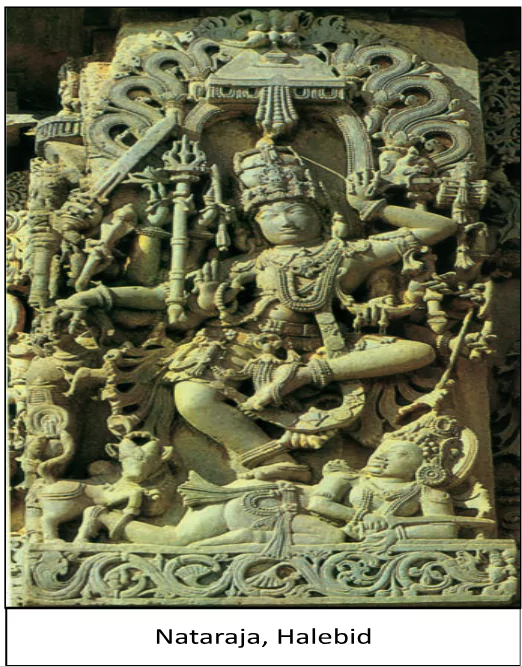![]() April 18, 2024
April 18, 2024
![]() 2054
2054
![]() 0
0
Hoysala architecture is considered intermediate between the Indo-Aryan style and the Dravidian style of temples. Temples were developed in the region of Karnataka under the Hoysala rulers between 1050-1300 AD. The prominent seats of this art were Belur, Halebidu, and Sringeri.

|
Must Read |
|
| Current Affairs | Editorial Analysis |
| Upsc Notes | Upsc Blogs |
| NCERT Notes | Free Main Answer Writing |
<div class="new-fform">
</div>
Latest Comments